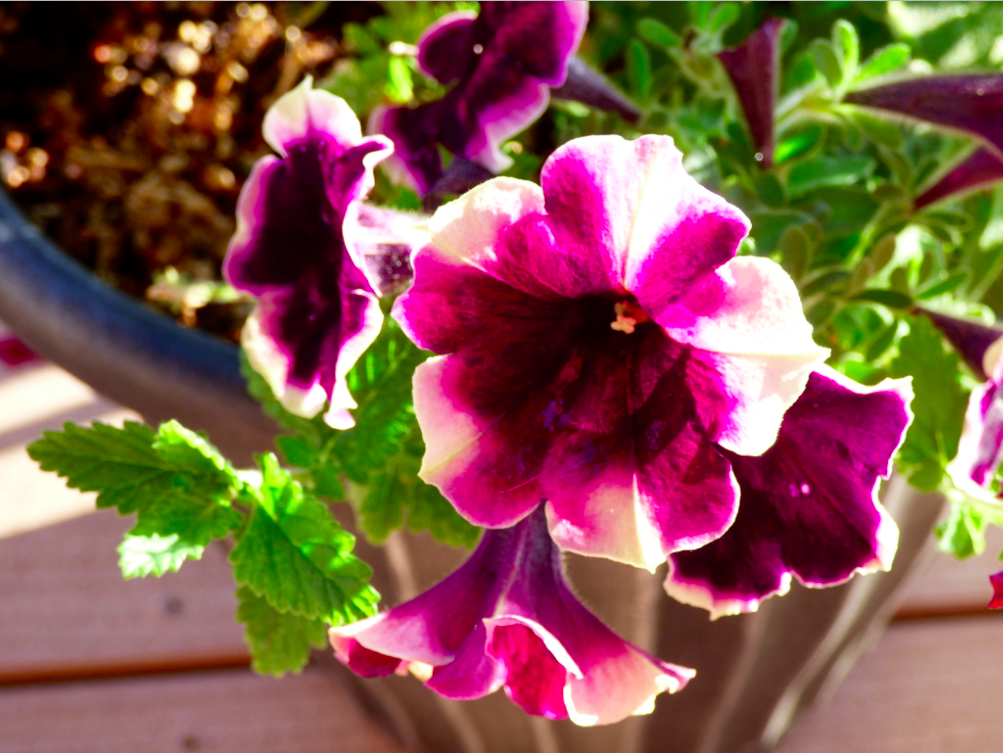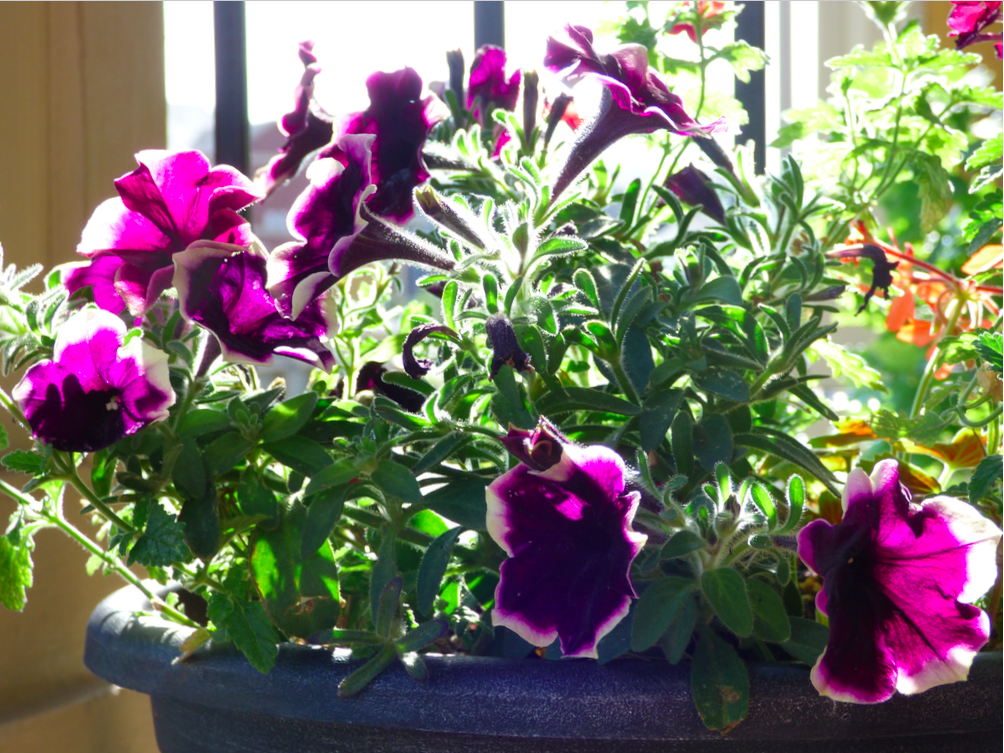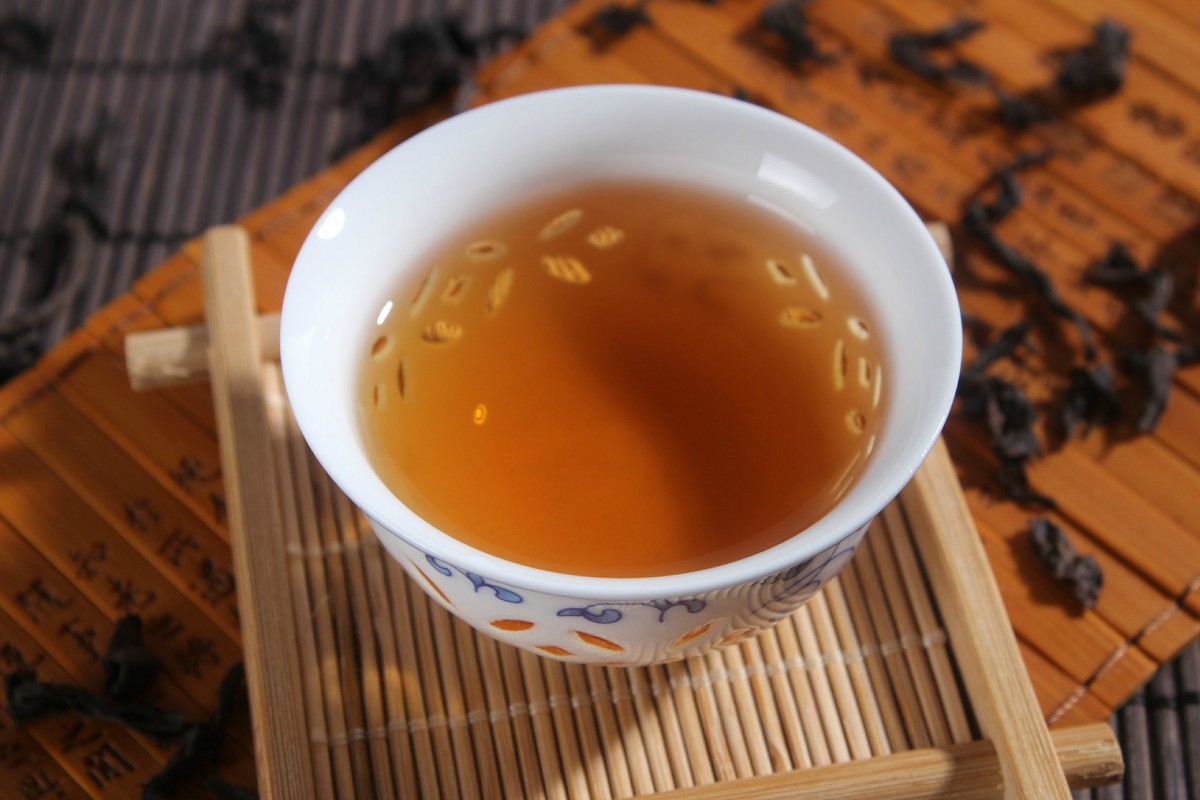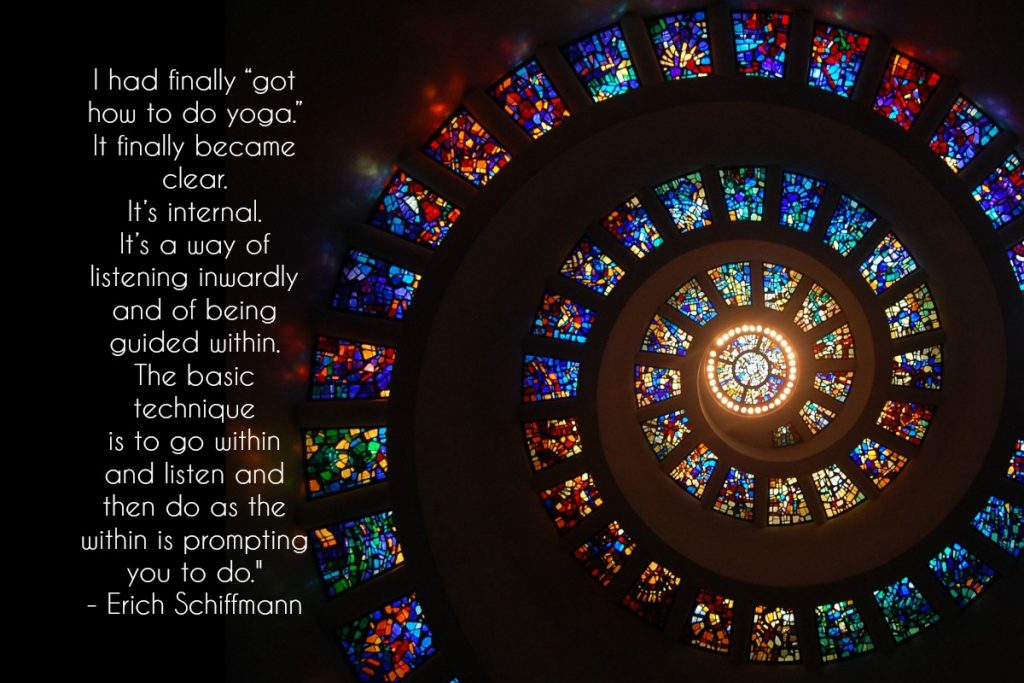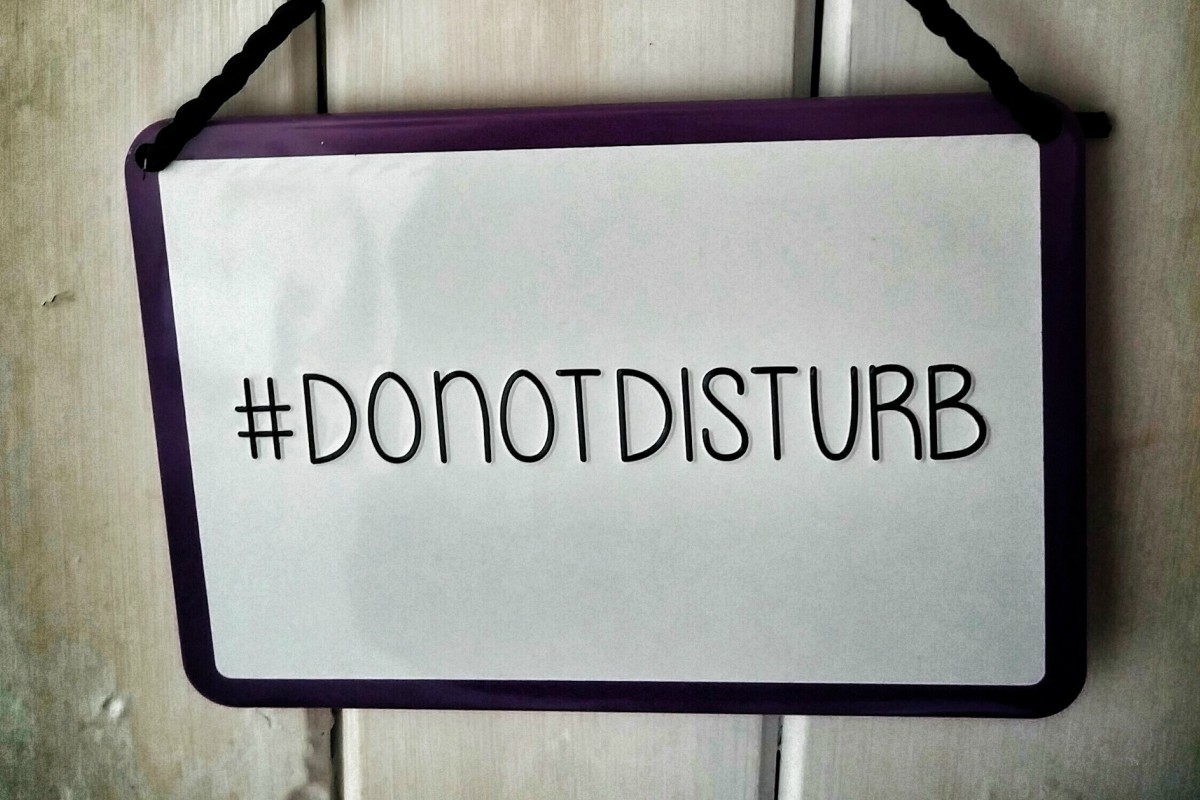 I just completed a month-long Personal Yoga retreat so I thought I’d share a few insights while they’re fresh in my mind. I still had my day-to-day responsibilities to attend to but I managed to raise the bar of my practice. I also did a social media fast (well, except for Pinterest – does that count as social media?)
I just completed a month-long Personal Yoga retreat so I thought I’d share a few insights while they’re fresh in my mind. I still had my day-to-day responsibilities to attend to but I managed to raise the bar of my practice. I also did a social media fast (well, except for Pinterest – does that count as social media?)
Taking a month to withdraw gave me a much needed break. And it helped to raise my awareness of the challenges of being a modern day sadhaka. A sadhaka is a Sanskrit term for someone who follows a particular sadhana (a spiritual practice or way of life).
According to B.K.S. Iyengar, one of the most famous yoga teachers of all time, a sadhaka uses yoga to gain knowledge, light and liberation. It also helps to purify the body and soul. – Yogapedia
Challenge #1: Practicing at Home
Some of the obstacles of maintaining a home practice are a result of, well… being at home. Home isn’t the gym, or the studio, or any other designated place for exercise. So we have to consciously make it into one, which takes work. I can’t tell you how many times I’ve started my practice only to have a “to-do” flash through my mind.
“Oh I forgot to change the laundry over, put the leftovers away, etc.”
“Darn it, I meant to turn off my cell phone.”
“Oh man, I really need to shave my legs.”
It can be tricky to navigate the transition from housework or home office work to doing our home practice. My best advice is to stay on your mat. You’ll be able to take care of all of these things afterwards.
Challenge #2: Shared living spaces.
If you have housemates or family members around you may have to work at communicating your boundaries.
“I’m going to be practicing from now until such-and-such a time. Do you need anything before I get started?”
“I’d like to practice for the next hour. Could you please use headphones if you want to watch TV or listen to the radio?”
Challenge #3: This path can be lonely at times.
We may or may not have a community (sangha) of practitioners to support us in our journeys. It’s okay though – you’ll feel far more connected, centered and whole after you practice.
Challenge #4: Interruptions
It’s very important to choose a practice time when you won’t be interrupted. The people you live with may or may not realize what you’re doing. I’ve had people walk in and start talking to me when I was in a extraordinarily expansive meditation. It’s incredibly jarring to the nervous system to be disrupted when you’re in that state.
According to the Hatha Yoga Pradipika, “Useless Talk” is one of the 6 Destroyers of Yoga Practice.
Hopefully you’ll remember to turn your cell phone off. You can also minimize unexpected guests or workmen by telling people you work from home and can’t be disturbed.
 If you’re thinking about doing a personal retreat or just want to start a home practice, my very best advice is (to echo the words of the master himself) – practice, practice, practice alone. Try to practice when you won’t be disturbed. You can avoid many of these obstacles simply by making good use of your alone time.
If you’re thinking about doing a personal retreat or just want to start a home practice, my very best advice is (to echo the words of the master himself) – practice, practice, practice alone. Try to practice when you won’t be disturbed. You can avoid many of these obstacles simply by making good use of your alone time.
As someone who used to dread the idea of being alone, I can tell you that practicing alone is one of the greatest things you can do for yourself. And when you do your sadhana (translation – good for you) you’ll have more than enough energy to extend to others.

